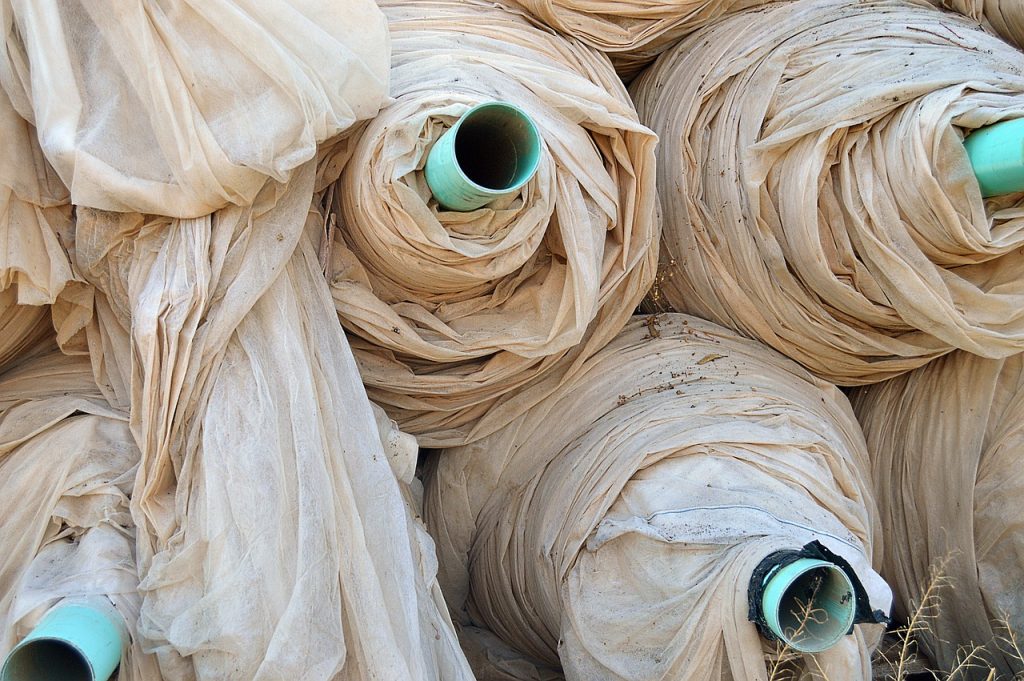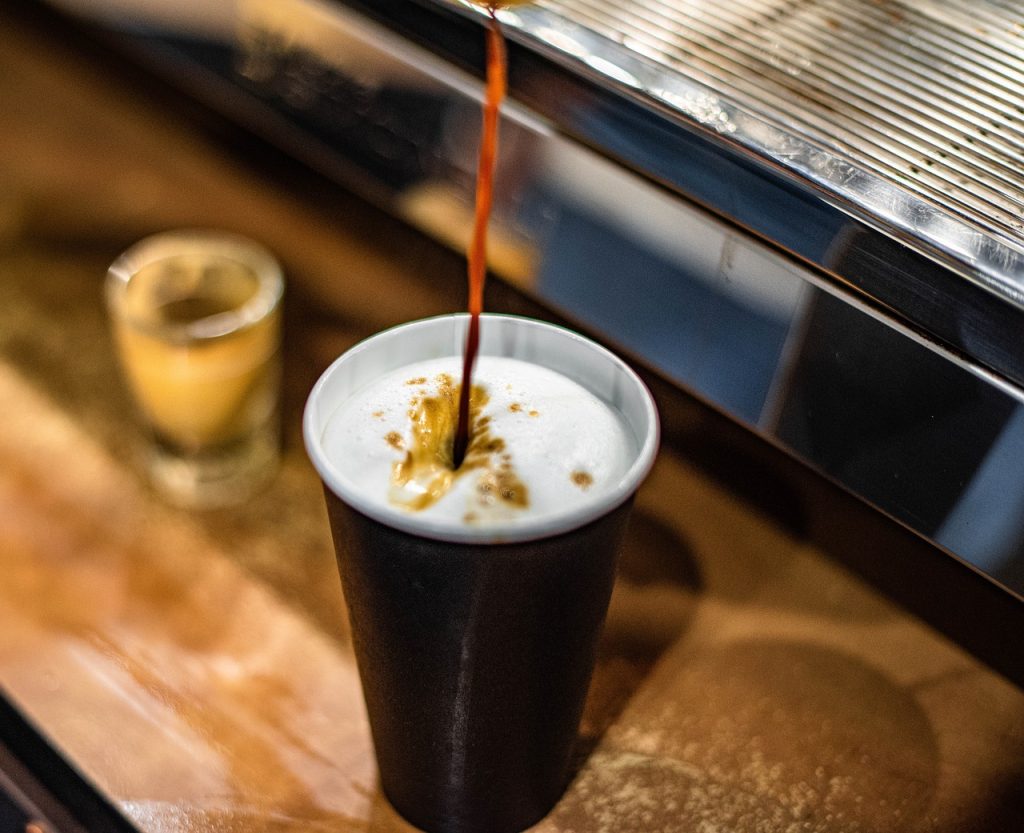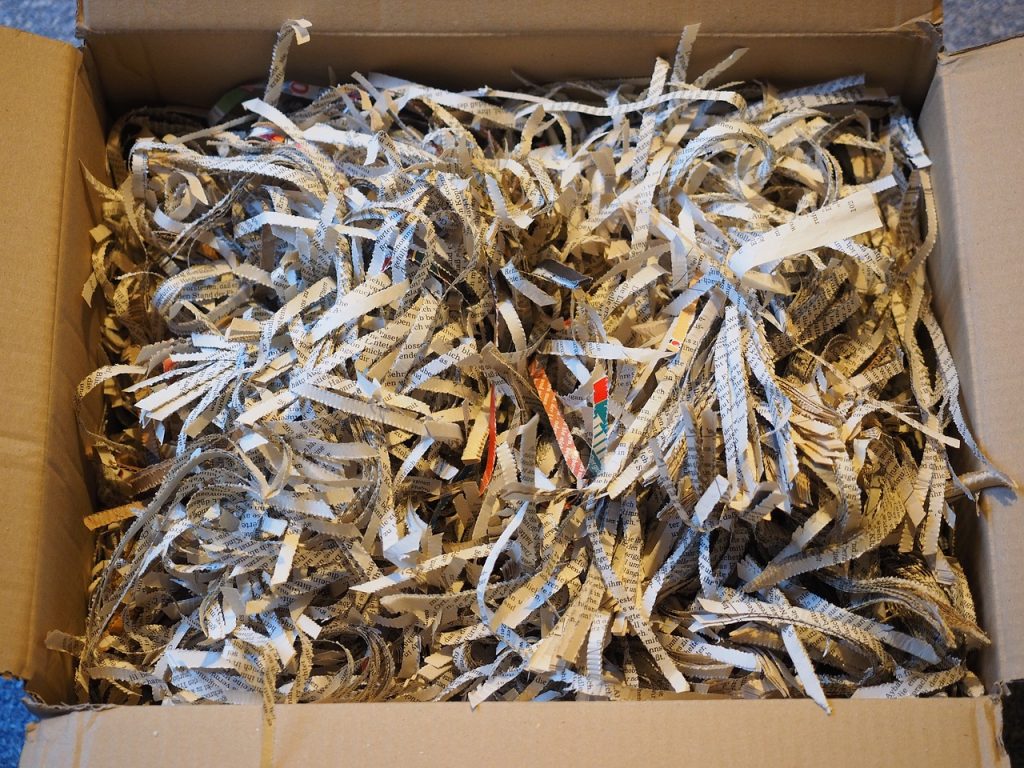- Understand the role you play in the plastic recycling cycle.
- Identify and segregate recyclable plastics in your home.
- Rinse and clean all recyclable plastics before disposal.
- Consider creative ways to reuse plastic items, such as PET bottles.
- For PET bottles, remove the top lid and labels before recycling.
- Consider using grey water for recycling plastic at home.
- Remember, the recycling process is ongoing. Continue to recycle and reuse.
Understanding Plastic Recycling Cycle: Your Role in Recycle Plastic
Let’s start with an understanding of the role you play in the plastic recycling cycle. Yes, it all begins right in your very own home. This might come as a surprise to many, but our homes are stocked with recyclable plastic that are reused and recycled on a daily basis. How often have we stopped to ponder our role and contribution in this? How often have we wondered, “How to recycle plastic?” Finding a way to recycle plastic at home is easier than it seems and is a significant step towards reducing global pollution.
Fact is, recycling isn’t just an action, it’s a lifestyle. It’s about being responsible enough to realize that plastic, despite its various uses, is a major contributor to pollution. It’s about knowing how to recycle plastic responsibly, understanding that it doesn’t end with just tossing plastic in recycle bins, and being well informed about the types of recyclable plastics. Recycling is about doing our best to replenish what we’ve consumed.
Plastic comes in many forms, each with its unique technical characteristics and recycling considerations. Recognizing these types and learning the way to recycle plastic at home can be an incredibly empowering exercise. Did you know that single-use plastics like clingfilm, bubble wrap, and plastic carrier bags often wind up in the environment impacting our flora and fauna? Or that these plastics can in fact be recycled separately at many larger supermarkets? Knowledge coupled with conscious actions can lead to effective recycling habits.
If you’re wondering how to reuse plastic, there are numerous creative ways. You can turn an old plastic bottle into a bird feeder or an upcycled garden planter. Recyclable plastics, such as containers, could be reused to store leftovers or organize cutlery. These are just some ways that plastic in our homes can find a new life.
For effective recycling at home, segregating wastes is paramount. All recyclable plastics should be rinsed clean and kept separately from other rubbish. Waste segregation is one of the simplest ways to recycle plastic at home, and it has a tremendous impact on the efficiency of the recycling processes. Imagine thousands of households doing this – the impact would be significant.
To realize a greener world, every single action matters. From refilling your own water bottle instead of buying a single-use one, choosing biodegradable products over plastic ones, to understanding how to recycle plastic, each effort is progressive.
Considering the deleterious effects of plastic waste on our environment and wildlife, recycling plastic and finding ways to reuse plastic at home is of immense importance. Let’s rise to the call to recycle, recycle, and recycle. Let’s leave our children not with sums of materialistic wealth, but with a cleaner, healthier Earth. Because the plastic recycling lifecycle really starts with you, at your home. Let’s make recycling plastic an act of everyday life.
PET Bottles: How to Recycle them at Home
Plastic, especially PET plastic, finds its way into our homes more often than we’d care to admit. From beverage bottles to packaging materials, it’s everywhere. Recycling these plastic bottles at home is not only crucial for the environment, but it’s also a practical means of reducing waste plastic in our living spaces. However, not many of us know how to recycle pet bottles effectively at home, despite its importance. Let’s then explore how exactly you can make the most of this home recycling activity.
Polyethylene terephthalate, or pet plastic, is amongst the most commonly used types of plastic. It’s tough, durable, and can perfectly hold up to different liquids like fizzy drinks or water. But after you’re through with these pet bottles, do they go straight into the trash can? If you’re a conscious consumer, that shouldn’t be the case. You should be keen to recycle pet plastic right from your home.
Think about it, accumulating plastic bottles in your home isn’t just an eyesore; it contributes to global plastic pollution. This is why pet plastic recycling should be everyone’s responsibility. With some clever techniques, you can recycle plastic bottles right within your home. You don’t have to wait until the recycling truck arrives. All you need to know is how to go about it correctly.
To recycle plastic bottles, start by rinsing them out properly. Consider removing the top lid, as it’s often made of a different type of plastic. You’d also need to take off any labels, as they often interfere with recycling processes. After this, you’ve already begun the PET bottle recycling process right from your home, dealing with waste plastic in a responsible manner.
Now, the key to becoming a pro at PET plastic recycling is to think creatively. There are countless ways to reuse plastic bottles. For instance, you could cut out the bottom of the bottle and use it as a planter. Or perhaps you can create a sustainable home decoration piece out of that bottle. That way, you’re not just recycling; you’re also making your home more eco-friendly.
Pet plastic recycling doesn’t have to be a daunting task. As long as you have the will and a bit of creativity, it’s pretty straightforward. But remember, while you can certainly recycle plastic at home, some pieces might be better off at a recycling facility. Don’t worry about gathering those separately and look for plastic collection services in your locality.
The initiative to recycle plastic effectively should start with you – right at your home. It’s a simple and essential measure to safeguard the environment and promote responsible waste management. Remember that every single plastic bottle you recycle makes a tangible difference in protecting our shared world. So next time you reach for a PET bottle, think not just of the drink inside but more so about how you can effectively recycle it at home after its use.
Reusing Grey Water for Recycled Plastic: A Fast Company Inspiration
Finding new, inventive ways to recycle plastic at home has become paramount. We’re witnessing a period where sustainable practices are vital for sustaining our environment. Adopting creative recycling ideas can go a long way in reducing the amount of plastic that ends up in our rubbish bins. One outstanding example that’s inspiring many is Fast Company’s initiative in reusing grey water for recycled plastic.
Grey water, the lightly used water from our baths, sinks, washing machines, and other home appliances, is typically wasted. Fast Company has efficiently used this grey water to create recycled plastic, showing a significant effort in making their work life more sustainable. Anyone can replicate this process at home to kickstart their own recycling lifecycle.
Begin by collecting grey water from home appliances. Remember, you need to separate grey from black water, which comes from toilets and contains harmful bacteria. Once collected, the water is treated and used in the process of plastic recycling. It’s not a complicated process; In fact, it merely requires some bit of effort and a commitment to a sustainable lifestyle.
Plastic recycling and grey water recycling can change the game entirely. It’s all about starting with small steps, and soon, you’ll realize the impact you’ve made. After all, the transformation begins with you, and hence your contribution to recycled plastic is crucial.
The process gives PET bottles, and other similar materials a new lease of life. You can recycle them at home with grey water and save them from ending up in landfills. It’s an effective and economical practice, which goes to show the power of recycling and sustainable practices in our daily work life. It’s a reflection of how our industrious work life can create a positive impact on the environment.
Fast Company’s initiative and dedication to recycling, especially in their use of grey water for recycled plastic, serve as an inspiration to all. It has ignited a spark in many to take up recycling seriously, whether at home or work. It’s a brilliant testament to what we can achieve with innovative and sustainable ideas.
To recap, start the green revolution from your home. Transform your home into a recycling station and make good use of grey water. Create a sustainable environment one step at a time. Give a second life to PET bottles, and other similar materials by converting them into recycled plastic. Reduce, reuse, recycle should be an important motto of modern living.
Fast Company’s inspiring venture sheds light on how powerful recycling can be, how we can artistically repurpose everyday materials, and how everyday activities, like recycling at home, can create effective changes. The responsibility of sustaining the environment lies on our shoulders, and therefore, we must start now. Remember, if Fast Company can do it, so can you. Start the recycling process at home, and soon, you’ll see the positive ripple effect it creates for our environment and future generations to come.
From Recycle to Reuse: The Lifecycle of Bottles
Did you realize that when you recycle plastic, especially plastic bottles, at home, you’re starting a crucial process for environmental conservation? It’s true! The plastic recycling lifecycle begins with you. Your decision to recycle is the first essential step in transforming this non-biodegradable matter into useful products. Yes, you heard it right! Today, we’re delving into the remarkable journey of a plastic bottle: From recycle to reuse.
Hopefully, you’re already well versed in the role you play in the plastic recycling cycle. If you don’t, no worries! It’s as straightforward as sorting your plastic wastes into the appropriate bins—some designated for solely wastes, and some for recycling purposes. Once you sort and deposit your plastic bottles in the recycle bin, the first stage of this environmental-friendly journey kicks off.
So, what happens to your plastics and especially your bottles after you recycle them at home? They don’t just disappear into thin air! The collected plastic waste, including your bottle, is transported to a recycling facility. Here, the plastic undergoes sorting once more. However, this time, it’s done meticulously to ensure plastics of the same kind are grouped. Most importantly, the PET plastic—which is used to make bottles—is grouped for the next recycling phase.
Fascinating, right? But hang on; there’s more! PET bottles are unique; they go through their customized recycling process. At the plant, they’re subjected to a series of processes such as washing, chipping, melting, and pelletizing. These processes ensure our plastic bottles are safely and effectively transformed into raw plastic ready for reuse.
It’s noteworthy to refer to a Fast Company inspiration that encourages the reuse of grey water for recycled plastic. This practice not only revolutionizes the process of plastic recycling, but it also maximizes the utilization of our resources.
And it doesn’t end there! Once the raw plastic has been made, it’s used to create new products. We’ve seen some innovative ways companies reuse plastic. Take, for example, the Amazon Business Initiative. They’re playing an essential role in plastic recycling, by reusing it to package their products. Isn’t it brilliant how your recycled plastic could end up on your doorstep, housing your desired item?
Using the plastic is not the end of the lifecycle. Once done, you should deposit it to the recycling bin again and let it take another turn in the plastic recycling cycle. It’s an ongoing process that requires your continual effort!
To wrap it enkindling this reuse journey begins right at your home. Recycling plastic, especially bottles, is one of the concrete steps we can take to play our part in preserving our environment. Remember, every time you hold that plastic bottle, think of the journey it’s about to take and recycle!




